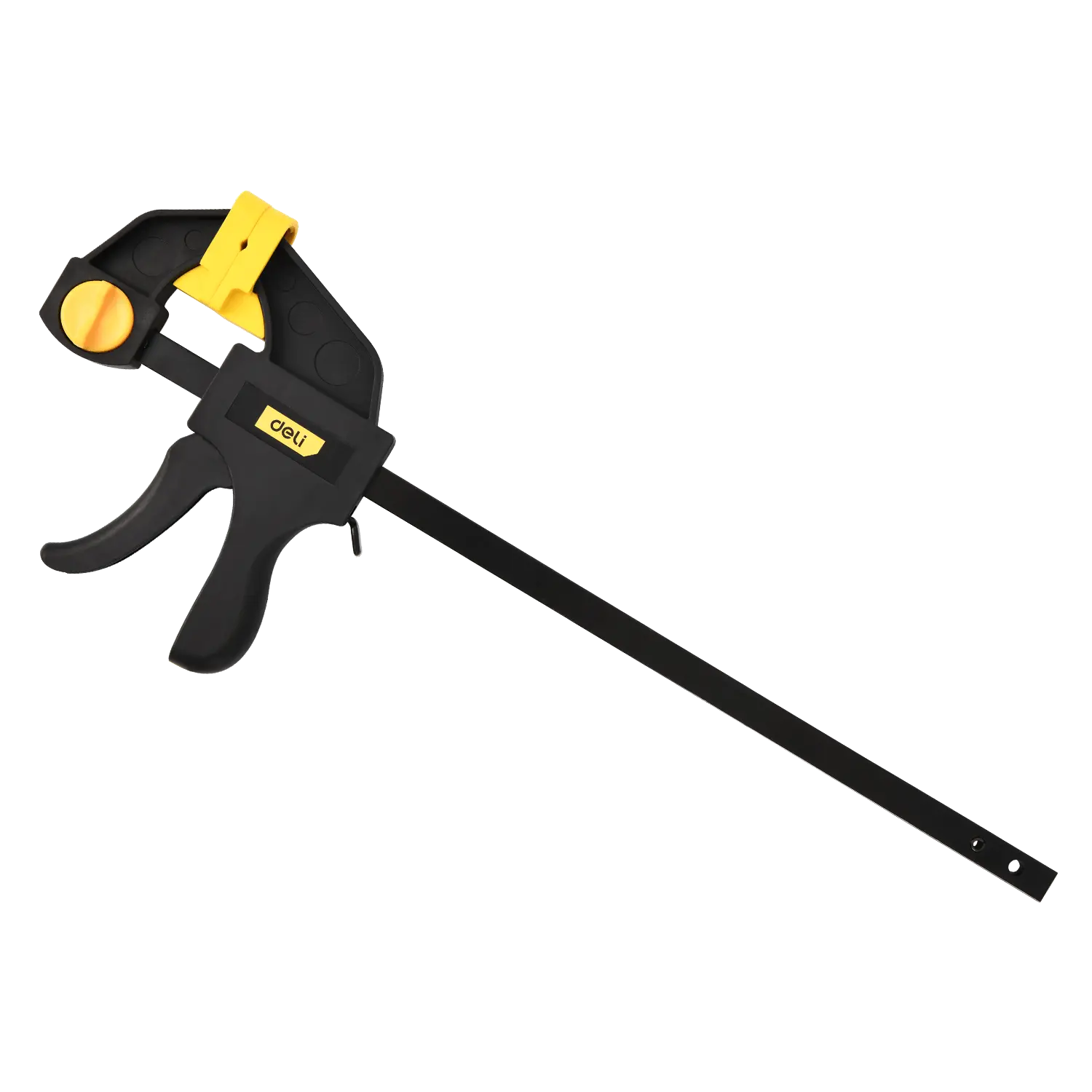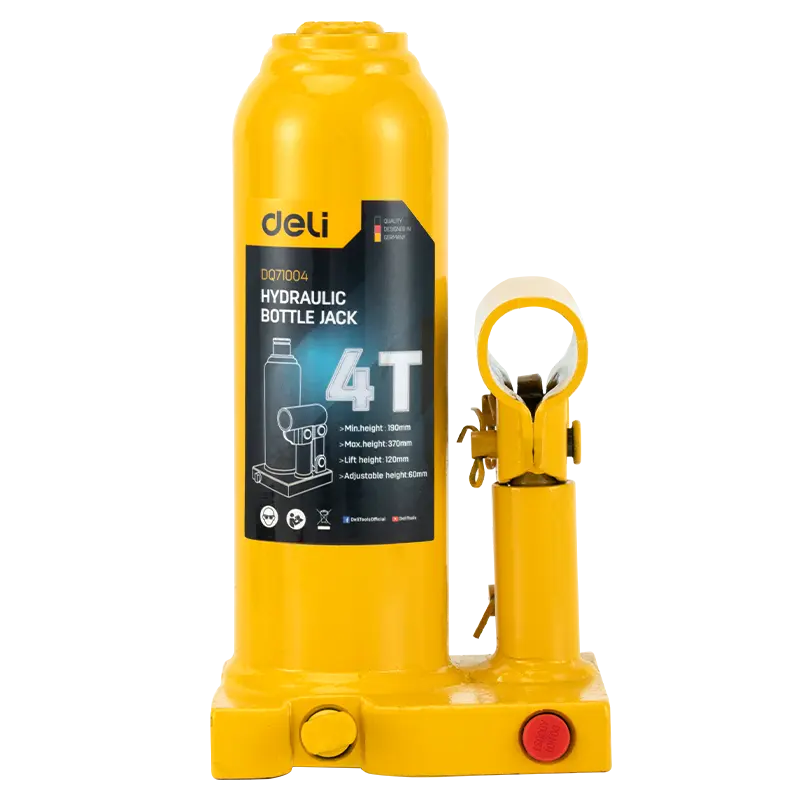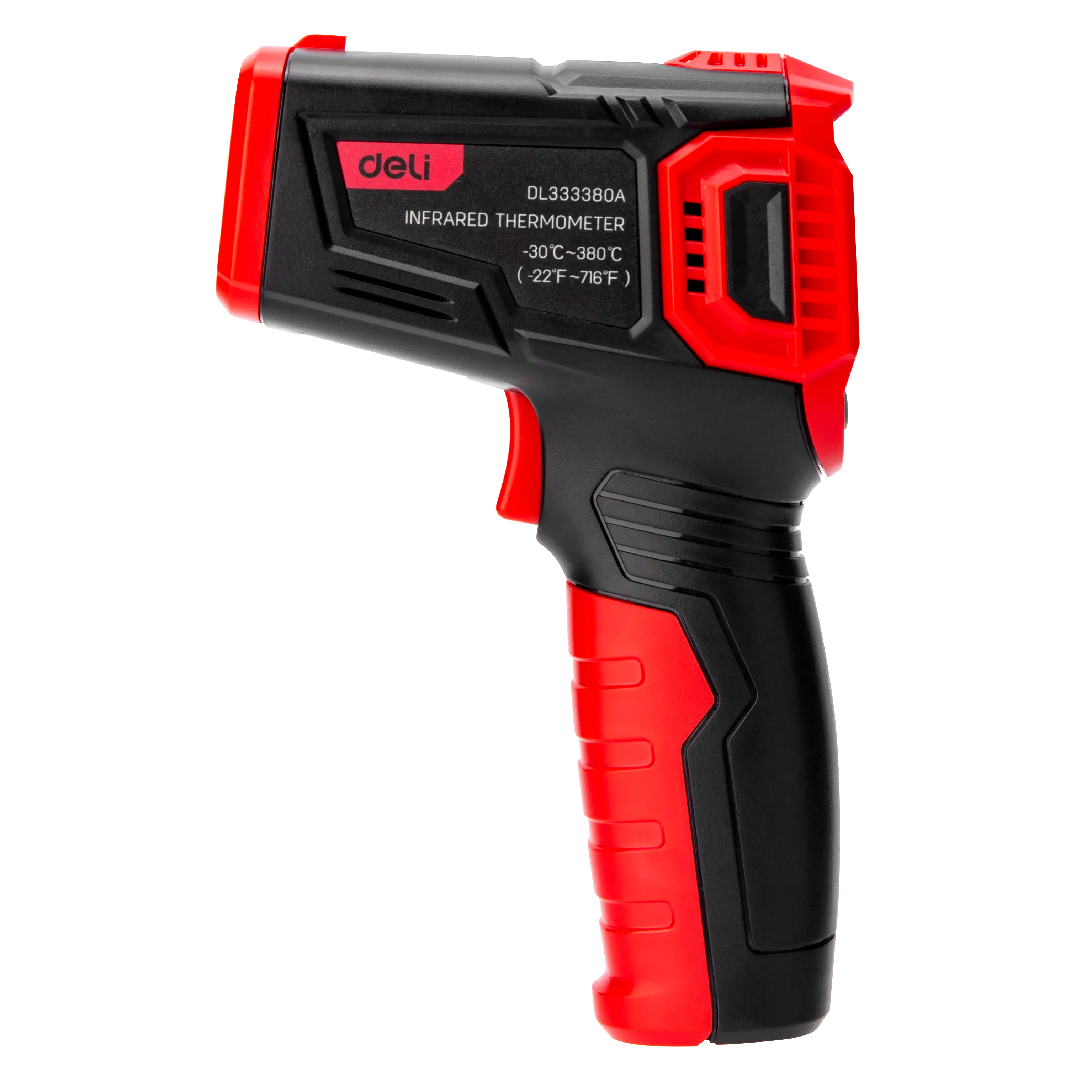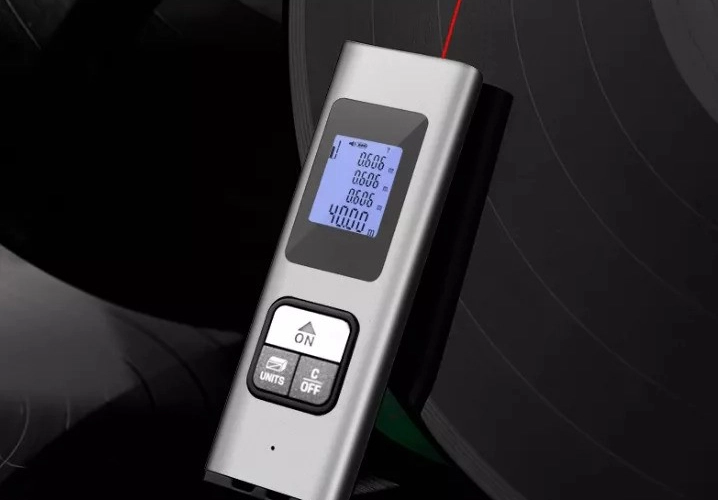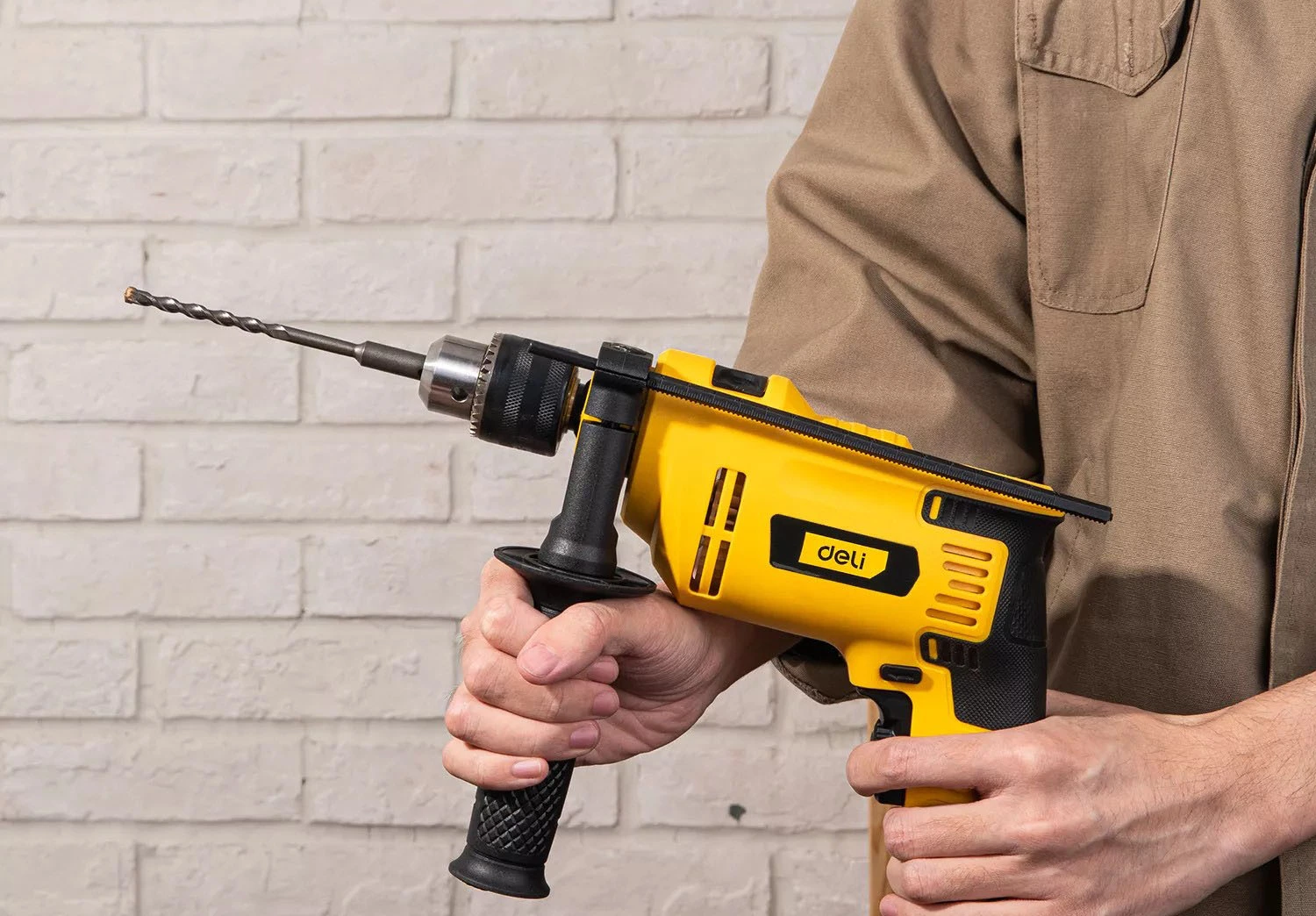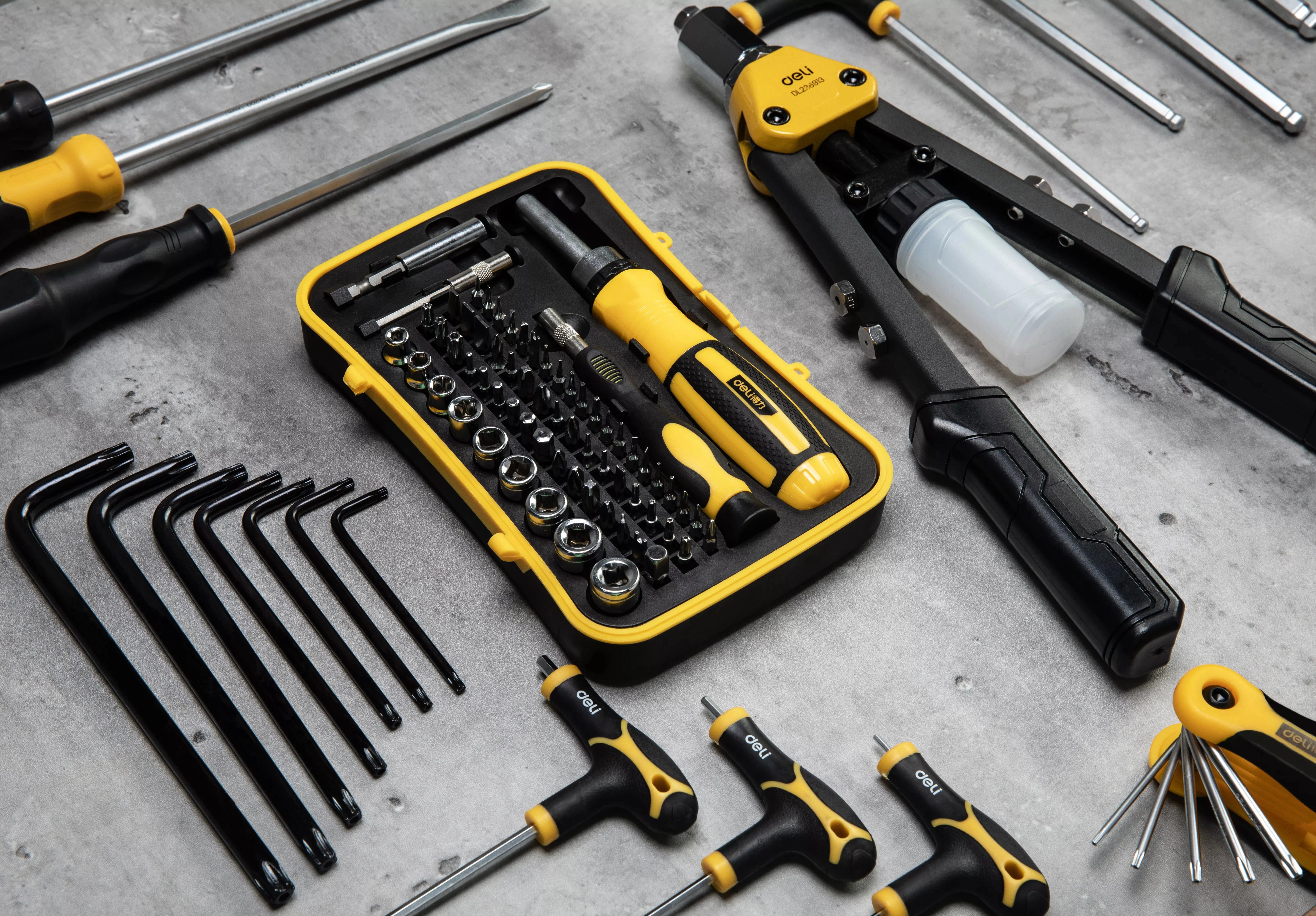Choosing the right pliers is an essential task for both professional tradespeople and DIY enthusiasts alike. Pliers are versatile tools that come in various shapes and sizes, each designed for specific tasks. Knowing how to select the appropriate plier for your needs can save you time and improve the quality of your work.
Understanding Different Types of Pliers
Pliers are not one-size-fits-all tools. Each type of plier is engineered with specific features to perform unique tasks. The most common types include needle-nose pliers, diagonal cutting pliers, linesman pliers, slip joint pliers, and locking pliers. Needle-nose pliers, for instance, are perfect for reaching into tight spaces and gripping small objects, while diagonal cutting pliers are designed to cut wires and other materials. Linesman pliers serve a dual purpose, offering both gripping and cutting capabilities, making them indispensable for electricians.
Selecting Pliers Based on Material and Durability
The material and durability of a plier are critical factors to consider when making your selection. The pliers manufacturer provides pliers are made from steel, but the quality of the steel can vary significantly. Look for pliers made from high-carbon steel or chromium-vanadium steel for maximum strength and longevity. Additionally, the handle of the plier plays a vital role in comfort and leverage. Ergonomically designed handles with a non-slip grip can significantly enhance your working experience.
Considering the Jaw Design and Size
The design and size of the plier's jaws are pivotal in determining its suitability for specific tasks. For precision work, choose pliers with a fine tip, such as needle-nose pliers. For tasks that require more strength, opt for pliers with broader and stronger jaws like those found on linesman pliers or groove-joint pliers. The size of the plier also matters; larger pliers offer more leverage but may be too bulky for delicate tasks. Quality universal pliers and circlip pliers for sale from Deli Tools.
Maintaining Your Pliers
Maintenance is key to extending the life of your pliers. Regularly cleaning your pliers to remove dirt and grime, lubricating the joint to ensure smooth operation, and storing them properly to prevent damage are all crucial steps in maintaining your tools. Additionally, inspecting your pliers regularly for signs of wear or damage can help you identify when it's time for a replacement.
In conclusion, selecting the right pliers factory requires careful consideration of the task at hand, the material and durability of the tool, the design and size of the jaws, and a commitment to regular maintenance. By taking these factors into account, you can choose pliers that will serve you well across a wide range of projects. Remember, investing in high-quality pliers not only improves your efficiency and precision but also ensures safety during use.



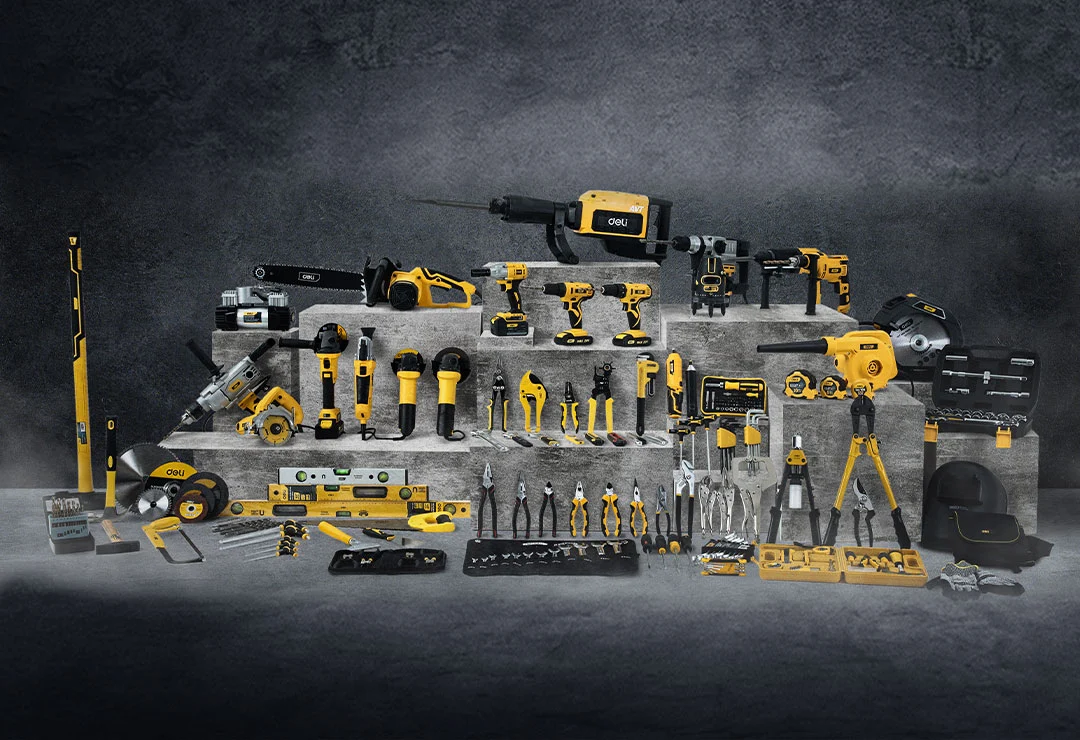
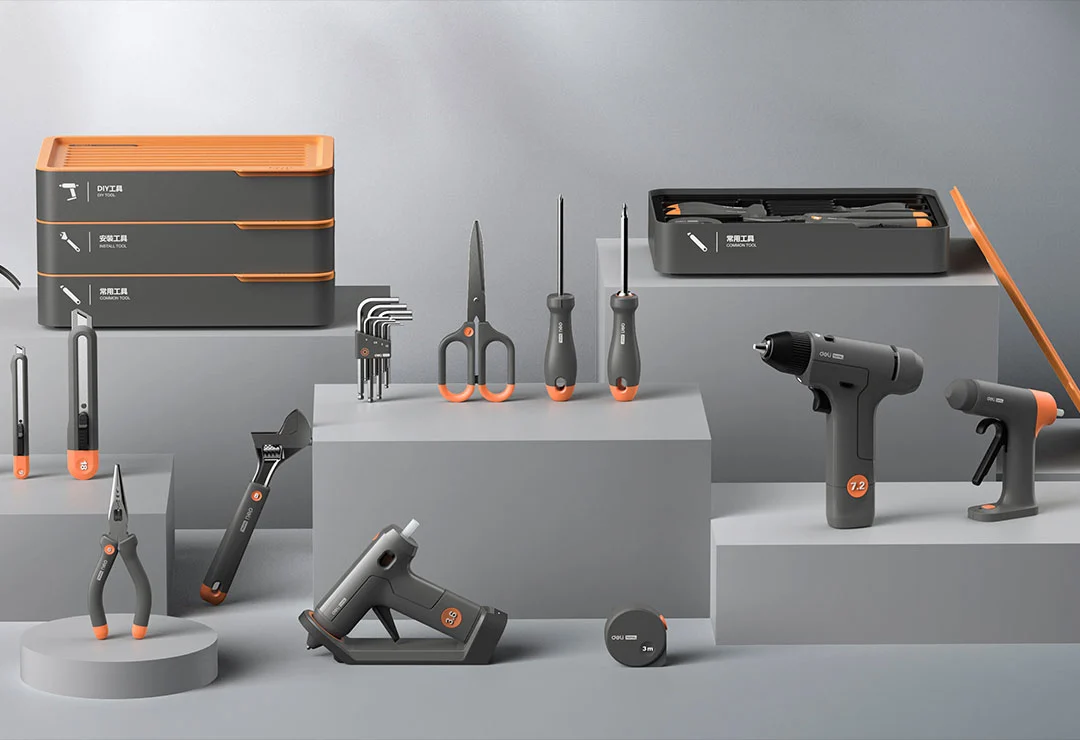
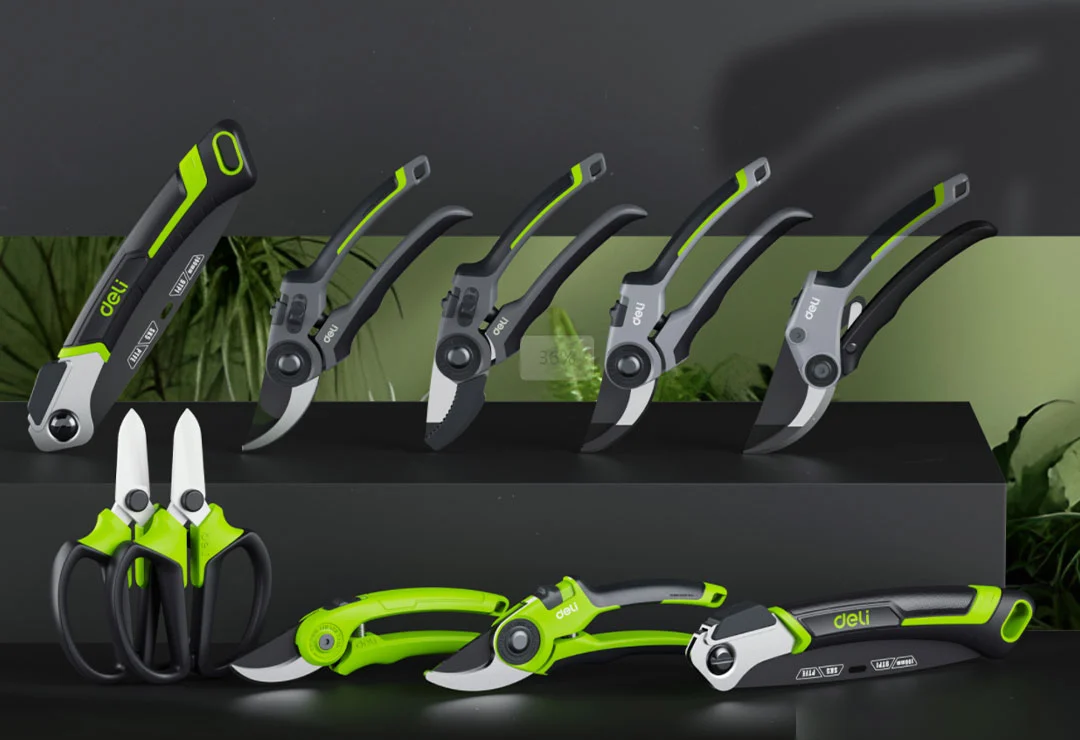
 EN
EN
 jp
jp  ko
ko  fr
fr  de
de  es
es  it
it  ru
ru  pt
pt  ar
ar  vi
vi  th
th  hi
hi  pl
pl  id
id  el
el 